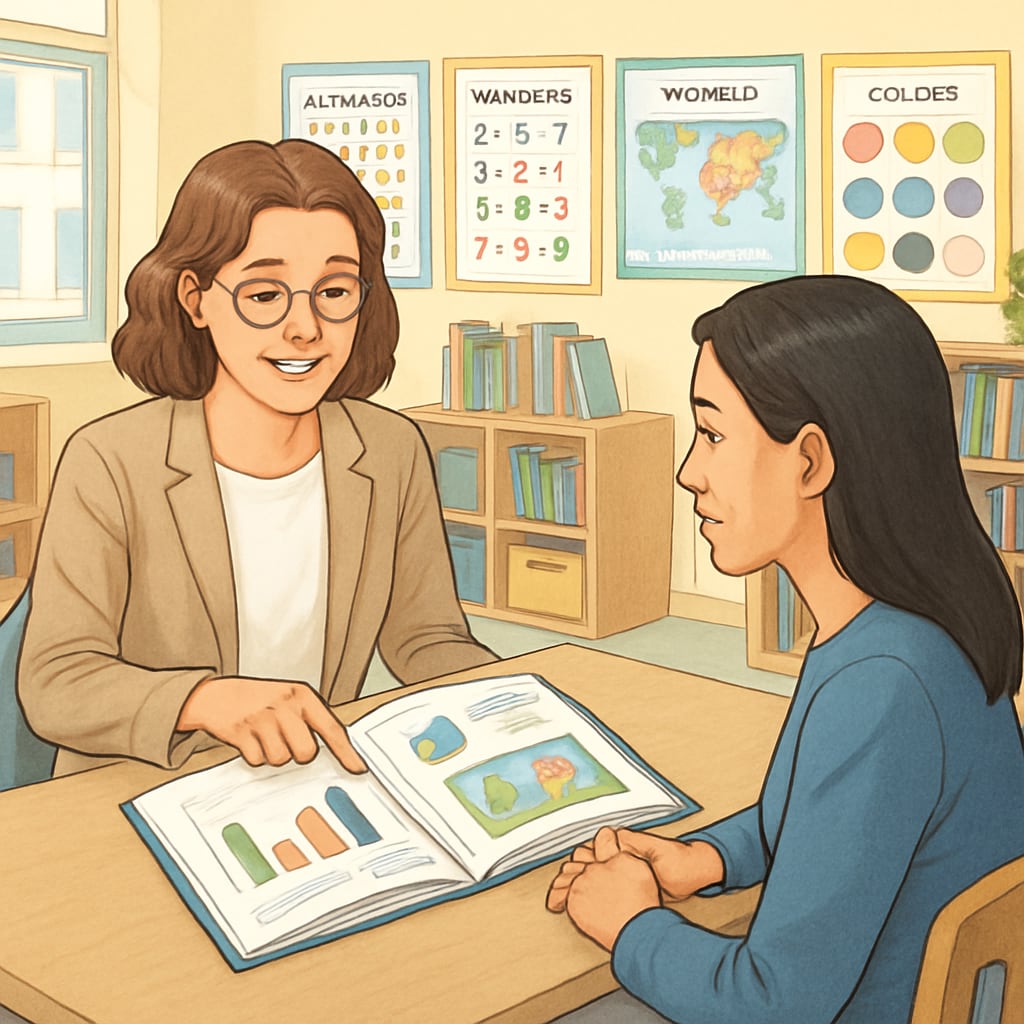The process of identifying gifted children often begins with standardized intelligence tests. Tools like the CogAT (Cognitive Abilities Test) and WISC (Wechsler Intelligence Scale for Children) are among the most widely used methods for evaluating children’s potential. While these assessments offer valuable insights, they also have limitations, which is why adopting a holistic evaluation system is crucial. In this article, we will examine the features and applicability of these tests, discuss their strengths and weaknesses, and emphasize the importance of combining standardized testing with other assessment methods to best support children’s development.
Understanding Standardized Intelligence Tests
Standardized intelligence tests are designed to measure cognitive abilities, problem-solving skills, and other indicators of potential. Among the most recognized tools are:
- CogAT: This test evaluates reasoning skills in three domains—verbal, quantitative, and nonverbal. It is often used to identify students for gifted and talented programs.
- WISC: The Wechsler Intelligence Scale for Children assesses general intellectual ability through various subtests, including working memory, verbal comprehension, and processing speed.
Both tests have been extensively researched and validated, making them reliable tools for assessing intelligence. However, they are not without their challenges.

Strengths and Limitations of Standardized Testing
Standardized tests like CogAT and WISC offer several advantages. For example, they provide objective data that can help identify strengths and areas for growth. They are also efficient, allowing educators to assess many students within a short time frame. Moreover, their standardized nature ensures consistency across different testing environments.
However, these tests also have limitations. They may overlook creative or practical intelligence and often focus exclusively on academic potential. Additionally, factors such as test anxiety, cultural differences, and language barriers can influence a child’s performance. As a result, standardized tests should be viewed as just one component of a broader evaluation process.
The Importance of a Holistic Approach
While standardized tests can reveal important insights, they are not comprehensive. To fully understand a child’s potential, it is essential to incorporate other assessment methods, such as:
- Teacher Observations: Teachers can provide valuable insights into a child’s classroom behavior, creativity, and social skills.
- Parent Input: Parents often observe talents and abilities that may not surface in a school setting.
- Portfolio Reviews: Reviewing a child’s work across different areas can highlight their unique strengths.
- Non-traditional Tests: Tools that assess creative thinking, leadership, and emotional intelligence can complement standardized measures.
By combining these methods with standardized tests, educators and parents can create a more accurate and nuanced picture of a child’s abilities.

How to Choose the Right Assessment Method
When deciding which test or combination of methods to use, consider the following factors:
- Purpose: Are you assessing for a gifted program, identifying learning challenges, or understanding overall potential?
- Child’s Strengths: Does the test align with the areas where your child excels, such as creativity or verbal reasoning?
- Practical Considerations: Take into account the cost, accessibility, and the time required for the test.
Ultimately, the goal is to select assessments that provide actionable insights while supporting the child’s growth and development.
Conclusion
Identifying gifted children requires more than just standardized intelligence tests like CogAT and WISC. While these tools are valuable, their limitations highlight the need for a holistic approach that includes teacher observations, parent input, and alternative assessments. By combining multiple methods, parents and educators can ensure that every child’s unique potential is recognized and nurtured. Choosing the right evaluation system is not just about finding talent—it’s about creating opportunities for children to thrive.
Readability guidance: This article uses concise paragraphs, clear subsections, and lists to improve readability. Transition words such as “however,” “in addition,” and “as a result” are included to ensure logical flow.


